Growth in the Furniture Industry
The expansion of the furniture industry serves as a crucial driver for the Furniture Foam Market. As urbanization continues to rise, the demand for residential and commercial furniture is expected to increase correspondingly. This growth is reflected in various market analyses, which suggest that the furniture sector could witness a compound annual growth rate of over 5% in the coming years. Consequently, the need for high-quality foam materials, which provide comfort and durability, is likely to surge. Manufacturers are thus focusing on enhancing their product offerings to meet the evolving needs of consumers, further propelling the Furniture Foam Market forward.
Increased Focus on Health and Wellness
The heightened emphasis on health and wellness is emerging as a significant driver for the Furniture Foam Market. Consumers are becoming more aware of the impact of their living environments on their overall well-being. This awareness has led to a surge in demand for furniture that promotes better posture and comfort, particularly in the context of home offices and relaxation spaces. Industry expert's indicates that ergonomic furniture, which often incorporates specialized foam materials, is gaining traction. As a result, manufacturers are likely to prioritize the development of health-oriented foam products, thereby aligning with consumer preferences and enhancing their market position within the Furniture Foam Market.
Rising Demand for Eco-Friendly Products
The increasing consumer awareness regarding environmental sustainability appears to drive the Furniture Foam Market towards eco-friendly alternatives. As consumers become more conscious of their purchasing decisions, manufacturers are responding by developing foams that utilize sustainable materials and processes. This shift is evidenced by a notable rise in the production of bio-based foams, which are derived from renewable resources. Reports indicate that the market for sustainable furniture foams is projected to grow significantly, potentially reaching a valuation of several billion dollars by 2027. This trend not only aligns with consumer preferences but also encourages manufacturers to innovate in their production methods, thereby enhancing their competitive edge in the Furniture Foam Market.
Customization Trends in Furniture Design
The growing trend towards customization in furniture design is reshaping the Furniture Foam Market. Consumers increasingly seek personalized solutions that reflect their individual tastes and preferences. This demand for bespoke furniture has prompted manufacturers to offer customizable foam options, allowing consumers to select specific densities, firmness levels, and shapes. Industry expert's indicate that the customization segment is expected to grow, as it caters to niche markets and enhances customer satisfaction. By providing tailored solutions, manufacturers can differentiate themselves in a competitive landscape, thereby driving growth within the Furniture Foam Market.
Technological Innovations in Foam Production
Technological advancements in foam production processes are significantly influencing the Furniture Foam Market. Innovations such as the introduction of advanced machinery and automation techniques have improved production efficiency and product quality. For instance, the development of high-resilience foams and memory foams has transformed consumer expectations regarding comfort and support in furniture. Market data suggests that the adoption of these technologies could lead to a reduction in production costs while simultaneously enhancing product performance. As manufacturers continue to invest in research and development, the Furniture Foam Market is likely to experience a wave of new products that cater to diverse consumer preferences.


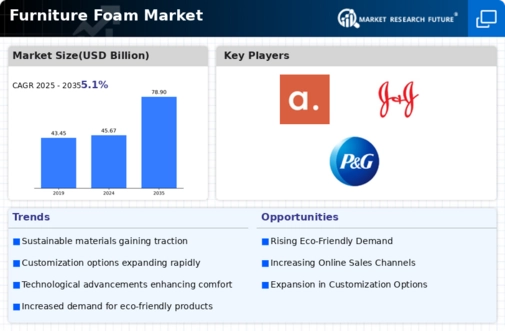
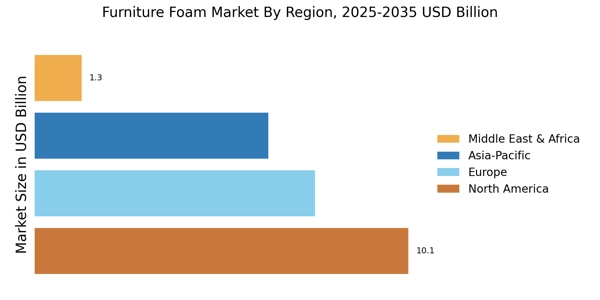


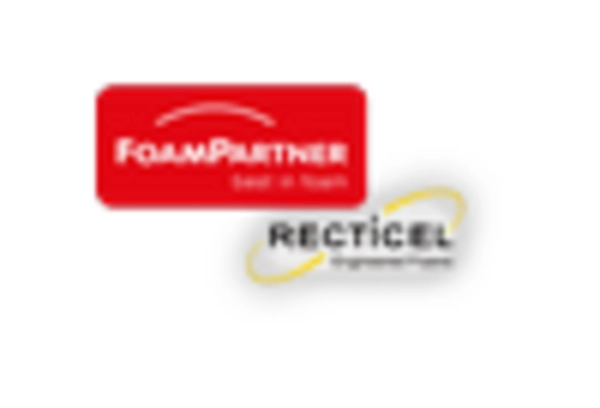

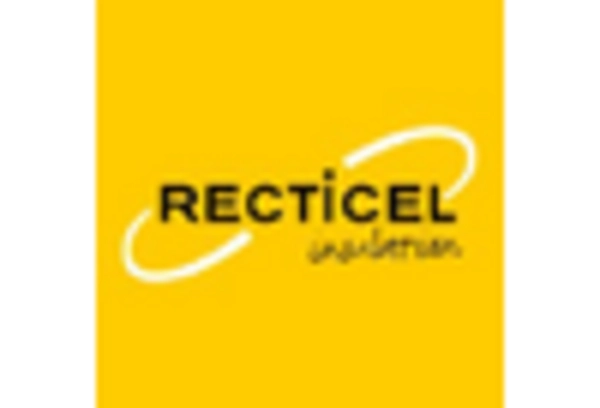
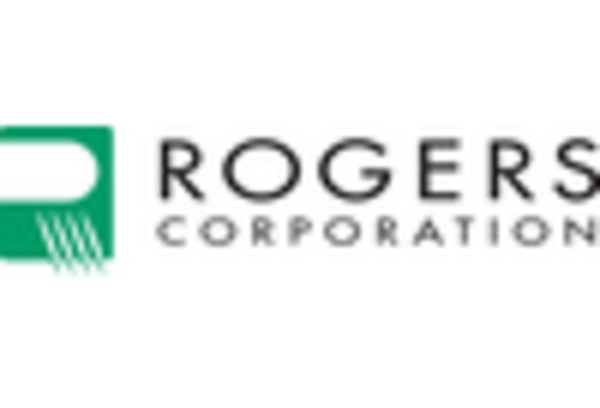








Leave a Comment